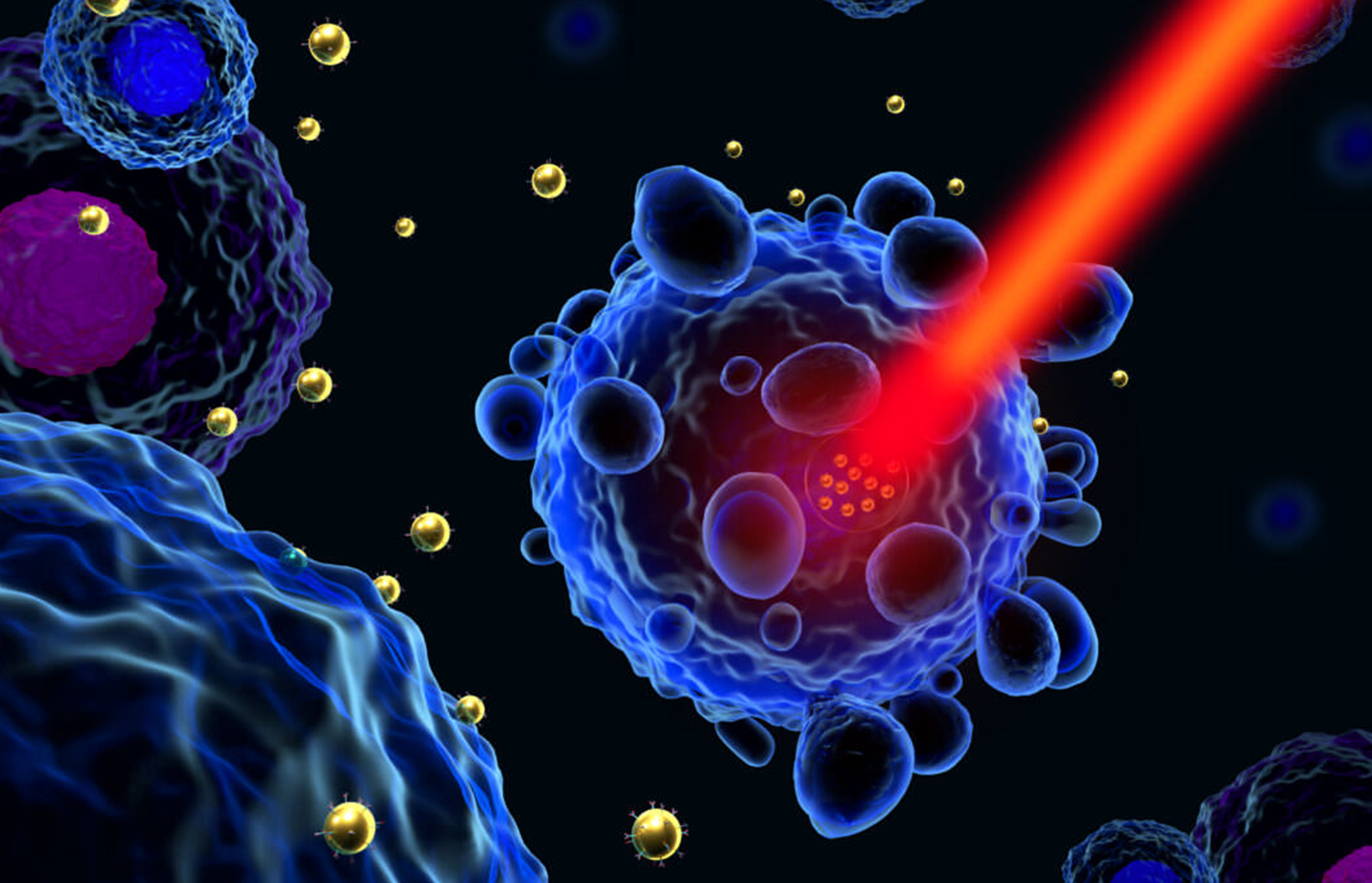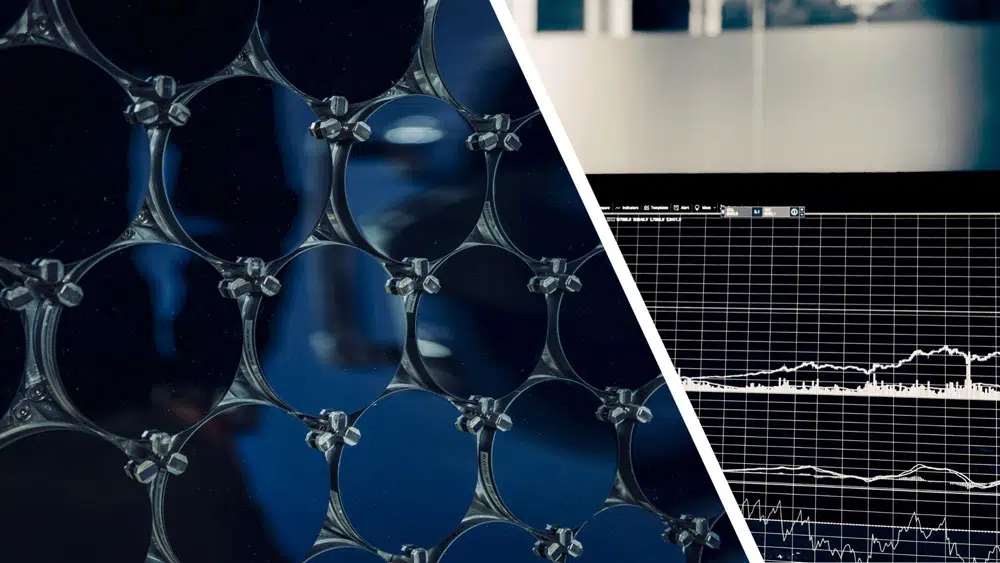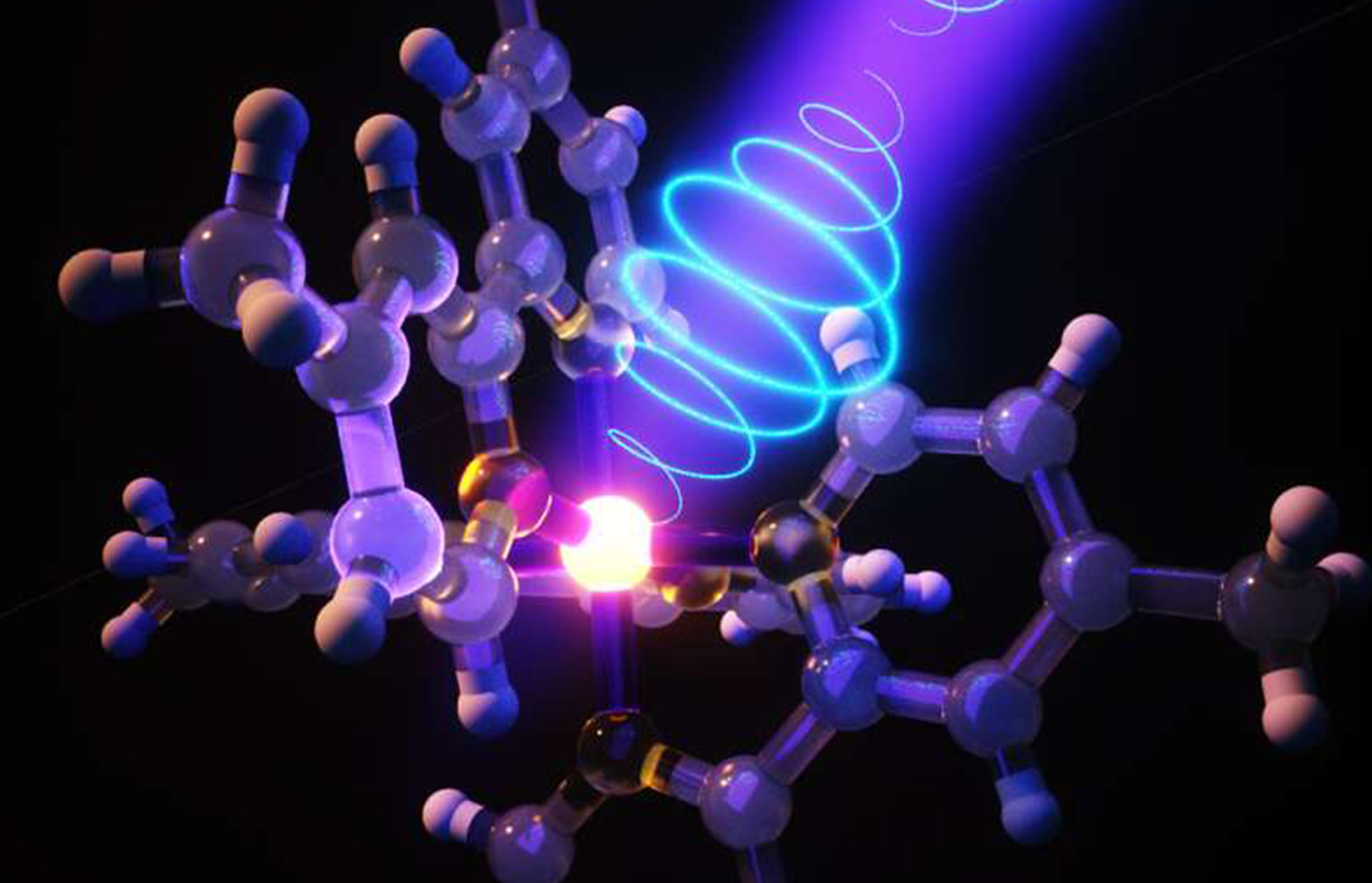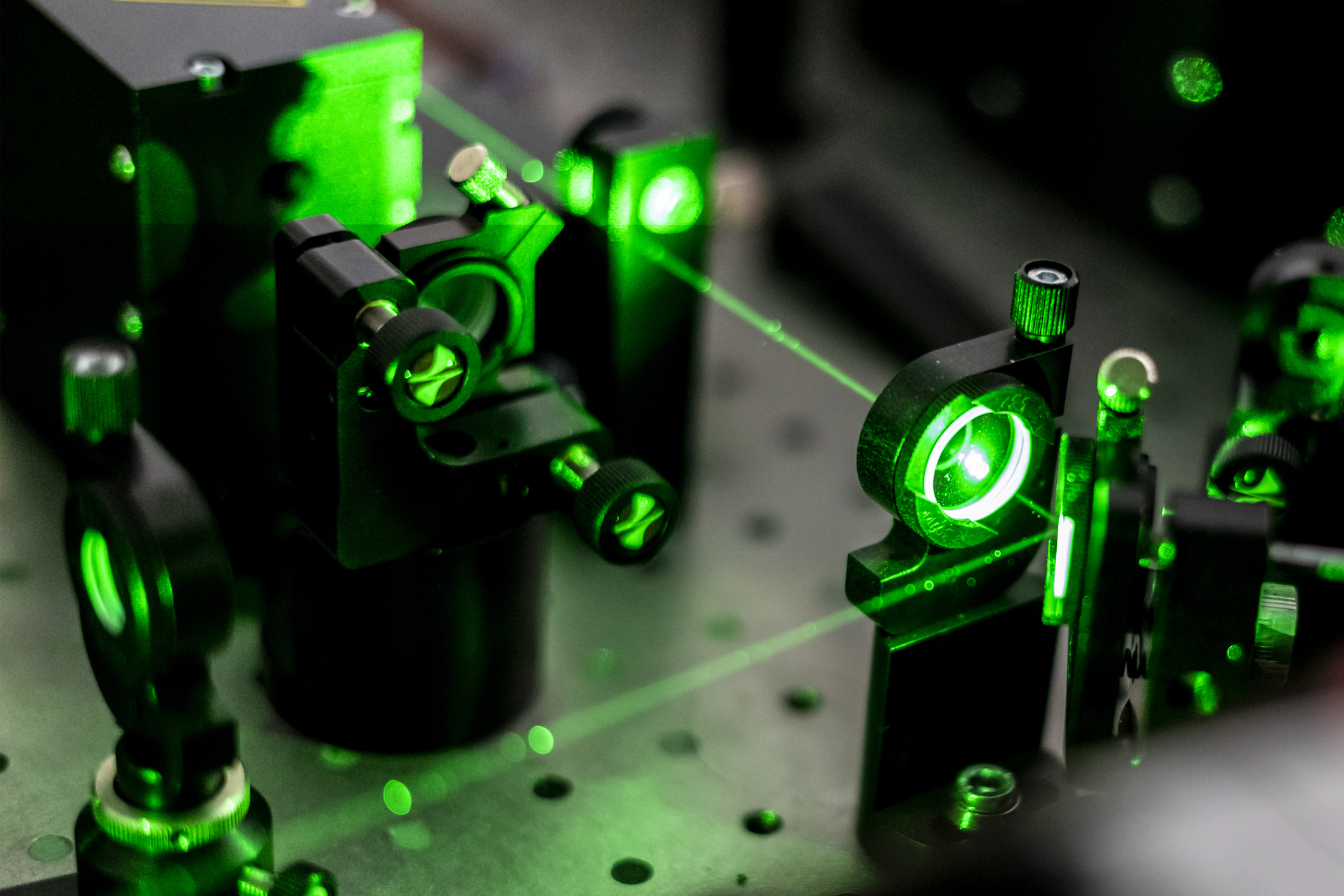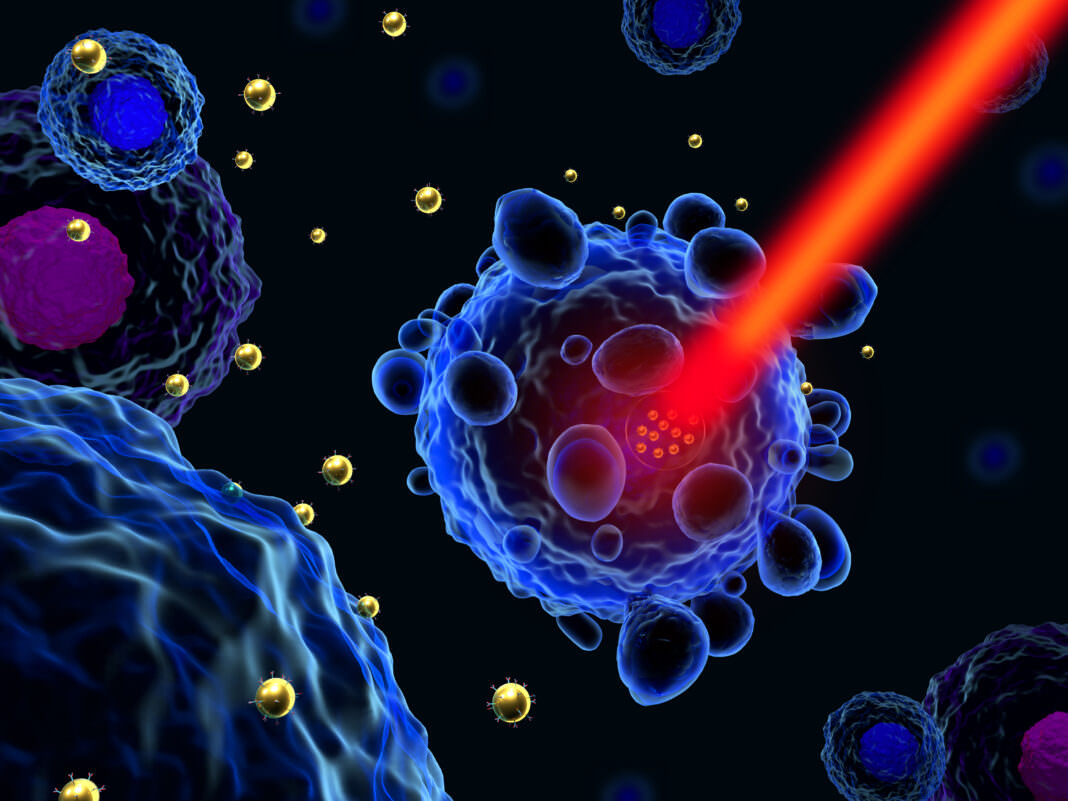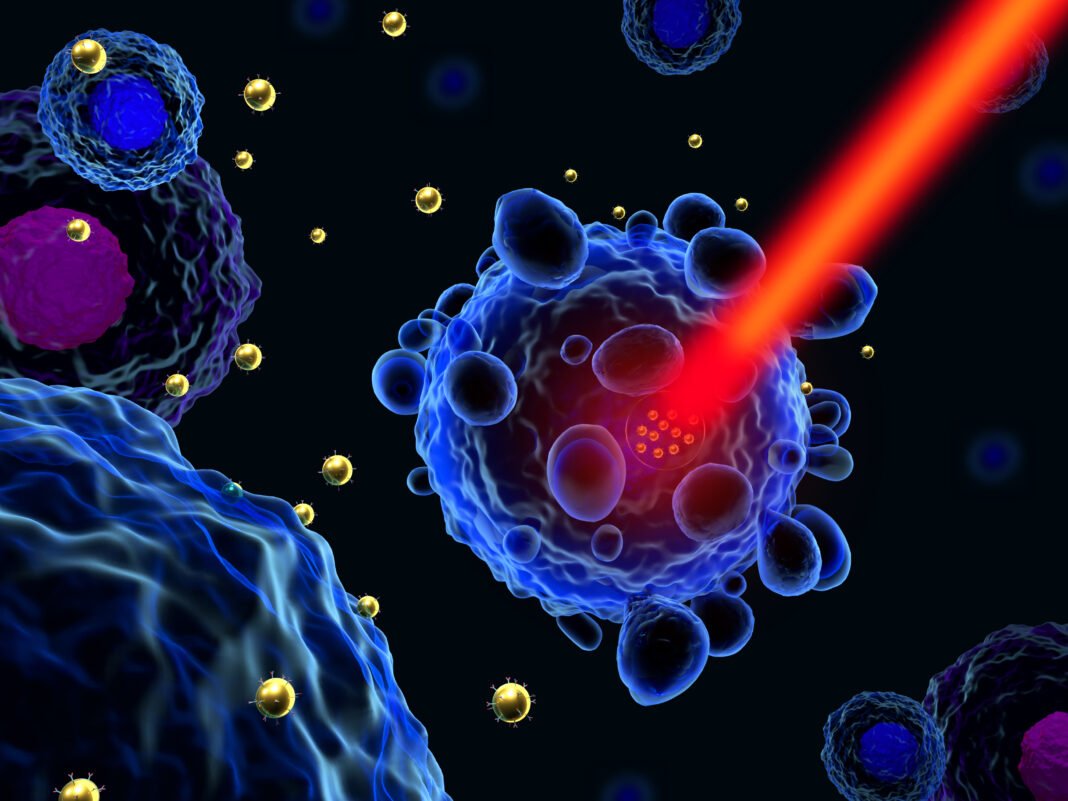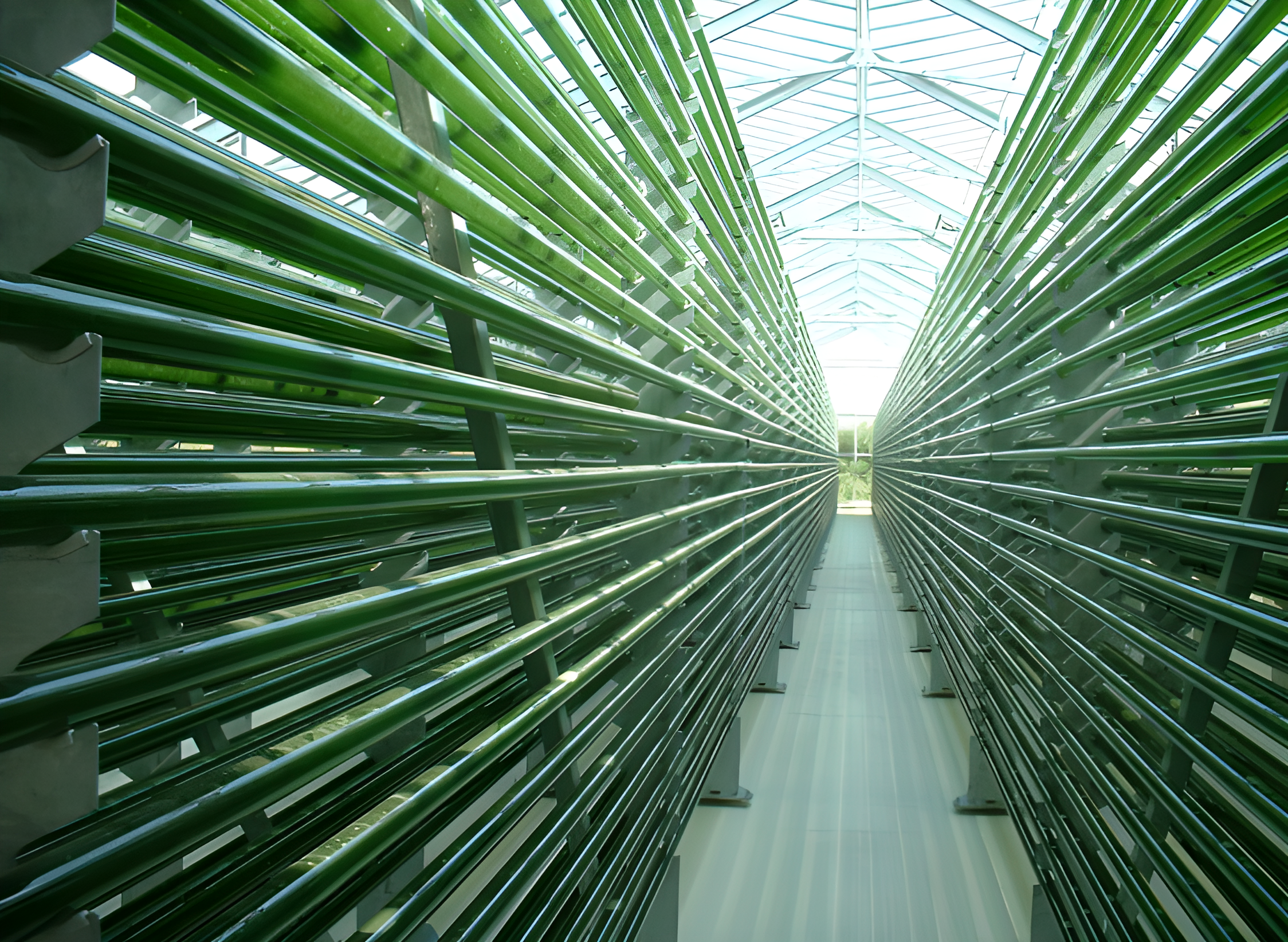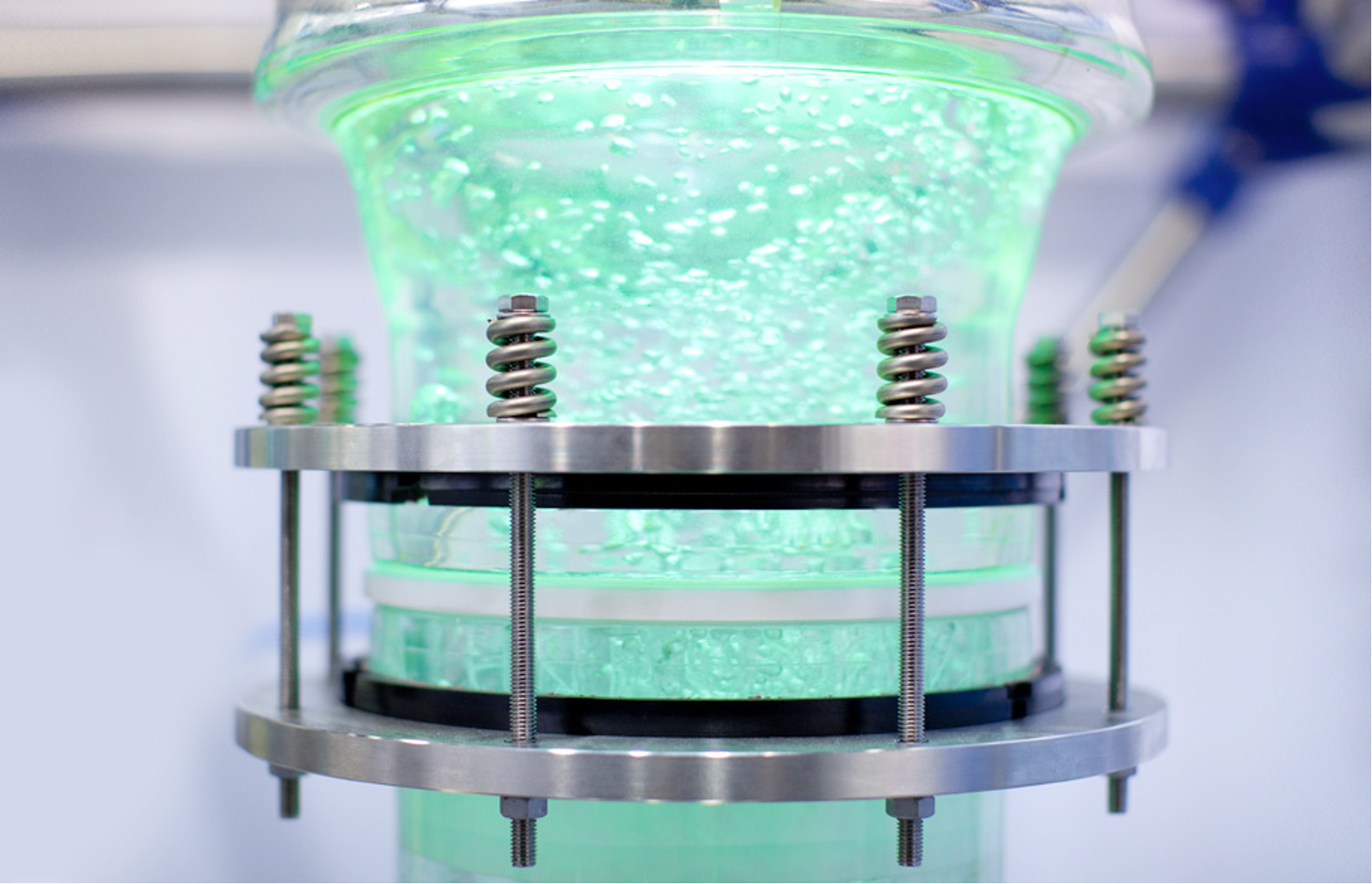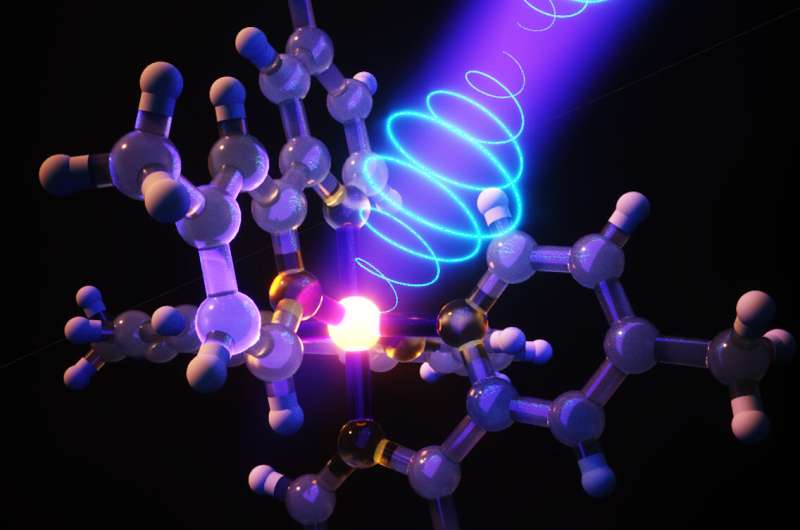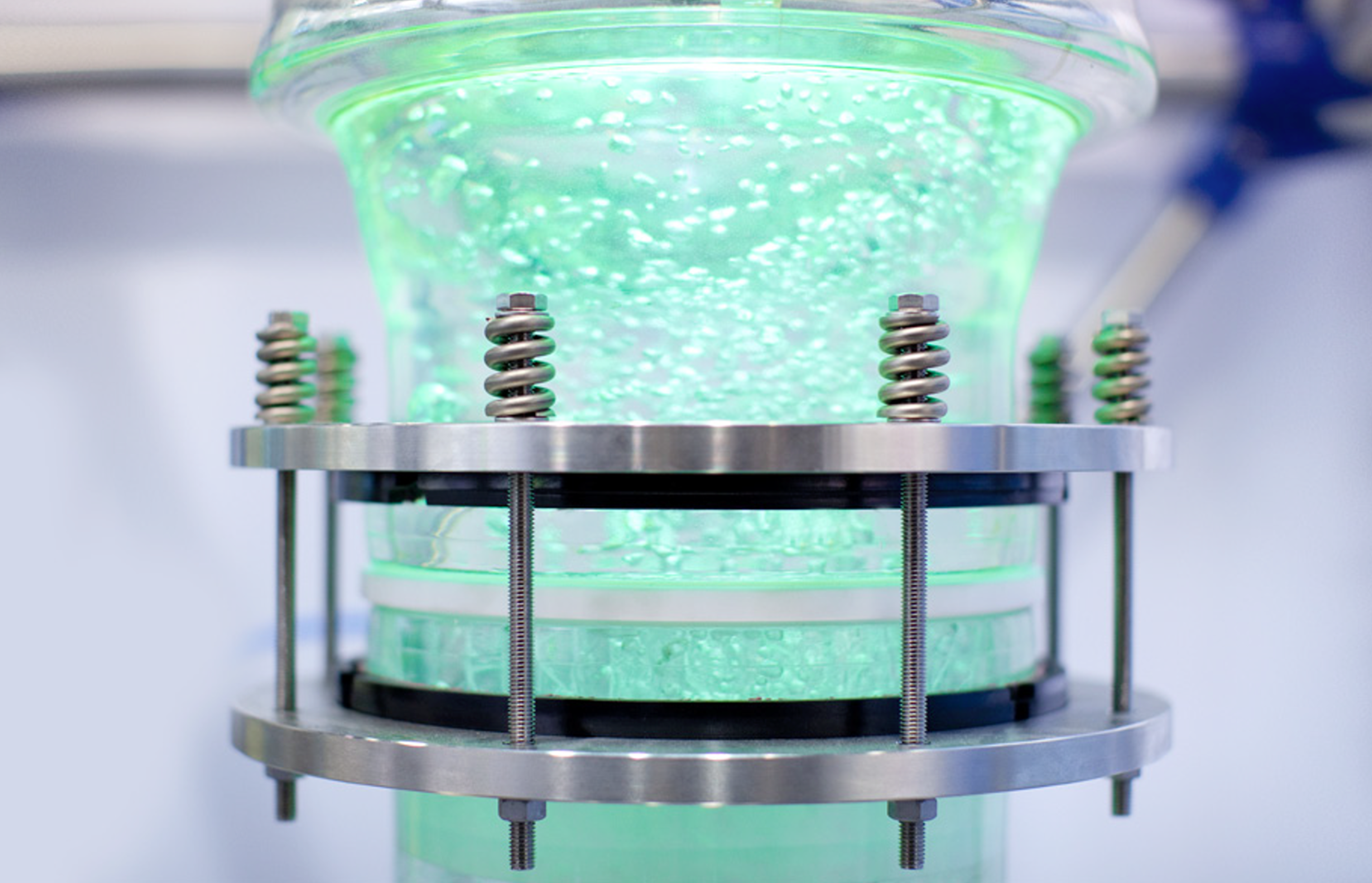
Projet PROSECO
© De Dietrich Process Systems
Processing of semi-conductors with advanced light control
Keywords
3D structuration; welding ; ultrafast ; lasers ; semiconductors : spatial light modulation : nanoplasmas

Summary
Direct laser writing is a powerful, contactless technique widely used for 3D structuring of dielectrics as well as for welding, bonding, and drilling applications. Its effectiveness stems from the use of ultrashort laser pulses, which leverage nonlinear absorption in transparent materials to precisely localize energy deposition while minimizing damage to adjacent areas. Key mechanisms driving this precision include localized material melting, which forms the basis of laser welding, and high-intensity interactions that produce nano-plasmas and micro-explosions.
While this technique has achieved remarkable success in transparent dielectrics, applying it to semiconductors, particularly crystalline silicon, remains a significant challenge. Silicon, a foundational material in the semiconductor industry, presents unique obstacles due to its high refractive index, reflectivity, and narrow bandgap. These properties disrupt light-matter coupling and hinder beam focusing, making precise energy deposition difficult, delocalized and below the required threshold for controlled modifications. Recent advances, however, have begun to address these barriers using unconventional configurations such as solid-immersion hyperfocusing, high-repetition pulse trains, and plasma seeding techniques that combine short (femtosecond) and long (picosecond-nanosecond) pulses. Performances are still not meeting the requirements for targeted applications.
Read more
A promising, underexplored alternative involves shifting the laser’s wavelength to longer ranges, specifically to the short-wave infrared (~2 μm) or mid-wave infrared (~3–4 μm). At these wavelengths, nonlinear effects like self-focusing are expected to diminish, while spatial resolution losses can be compensated through higher-order nonlinear absorption processes. However, light-semiconductor interactions at such wavelengths and intensities are highly complex. Phenomena such as tunnel ionization may complement multiphoton ionization, , adding to the intricacies of the process.
The PROSECO proposal aims to investigate these interaction regimes by utilizing long-wavelength femtosecond laser sources (2–4 μm) coupled with advanced spectral and spatiotemporal pulse shaping, to overcome the bottlenecks identified in the structuration of semiconductors by ultrafast sources. The goal is to overcome the existing bottlenecks in semiconductor structuring through ultrafast laser sources. Two specific processes are targeted: (1) the formation of nano-voids and nano-channels, and (2) the welding of semiconductor materials. To control the nonlinear propagation of mid-infrared beams, the project pushes forward the development of thermo-optical spatial light modulators. This novel class of SLM is ultra-broadband and optically-addressed. These devices are particularly suited to work in the mid-infrared range due to their transparency, together with a large aperture, large phase modulation capacities, and high damage threshold. Additionally, a versatile parametric source is being developed to facilitate semiconductor welding and to explore innovative ultrafast writing schemes.
The proposal also integrates a robust simulation work package utilizing particle-in-cell (PIC) models to decode the complex physics of plasma interactions in solids. Together, these advancements aim to pave the way for transformative breakthroughs in semiconductor structuring, drilling and welding, enabling next-generation microelectronics, microfluidic and photonics technologies.
Consortium
INPHYNI • Nice
Institut de Physique de Nice
Nicolas Forget, Aurélie Jullien, Cyrille Claudet
LP3 • Marseille
Lasers, Plasmas et Procédés Photoniques
David Grojo, Pol Sopena Martinez
Femto-ST • Besançon
Franche-Comté Electronique Mécanique Thermique et Optique – Sciences et Technologies
François Courvoisier, Remo Giust, Luc Froehly, Luca Furfaro
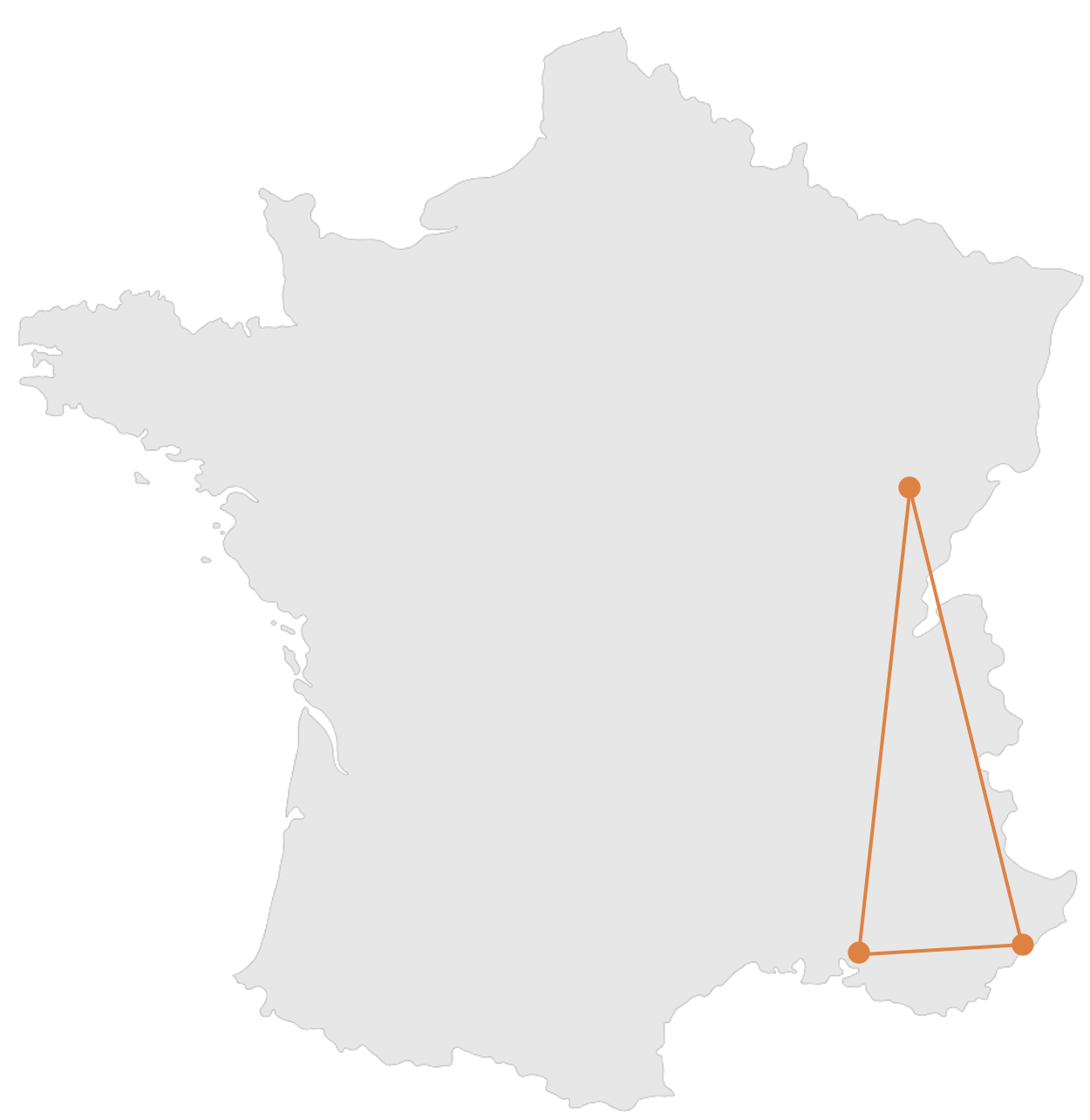
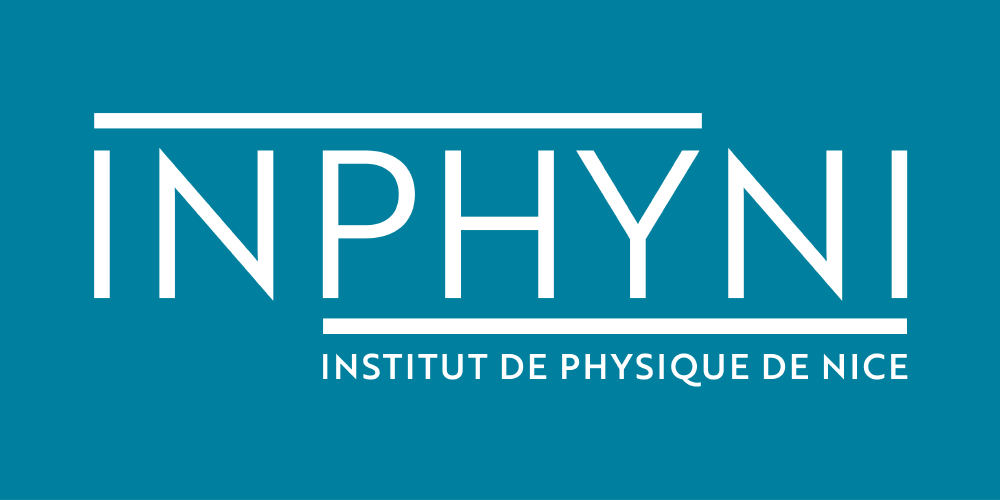
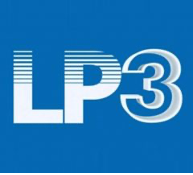
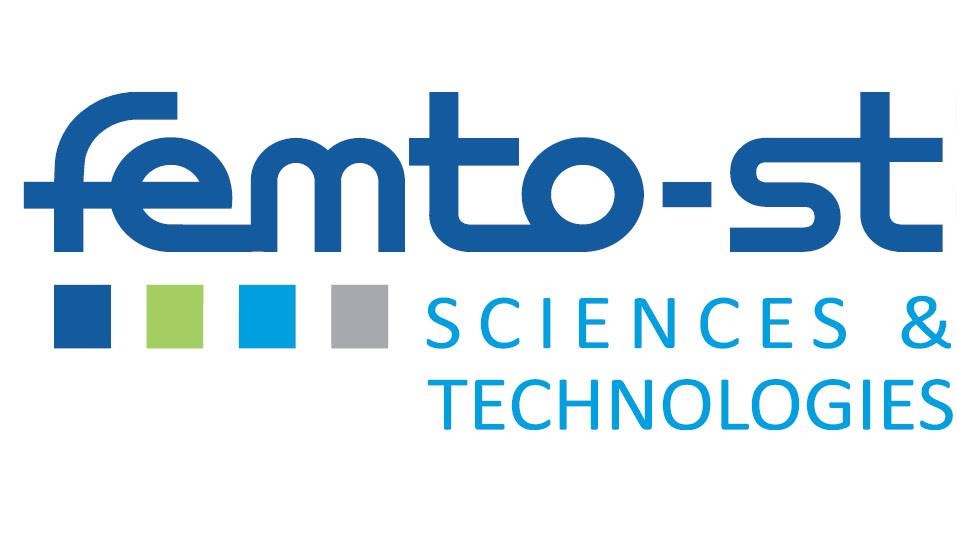



Publications
Les autres projets PEPR
